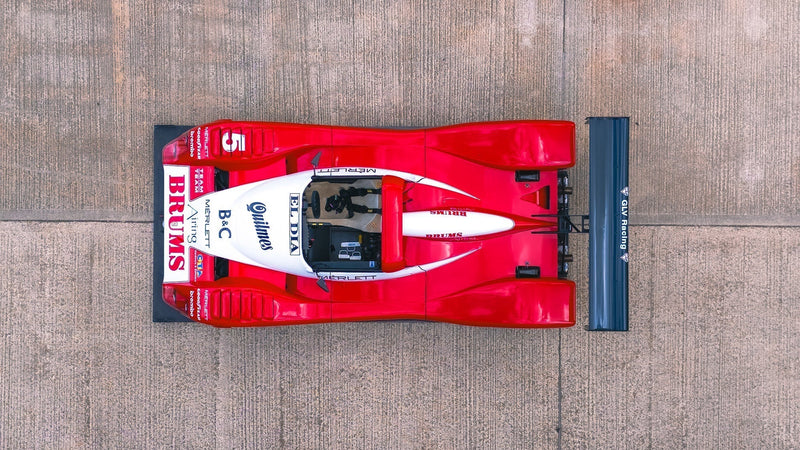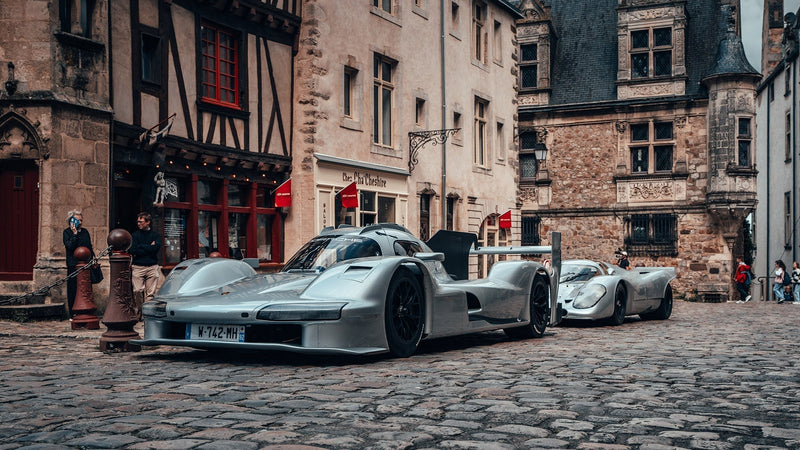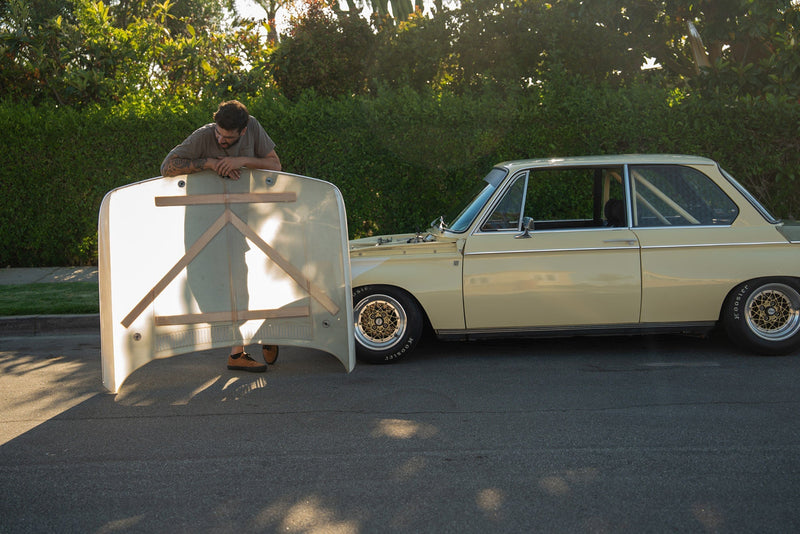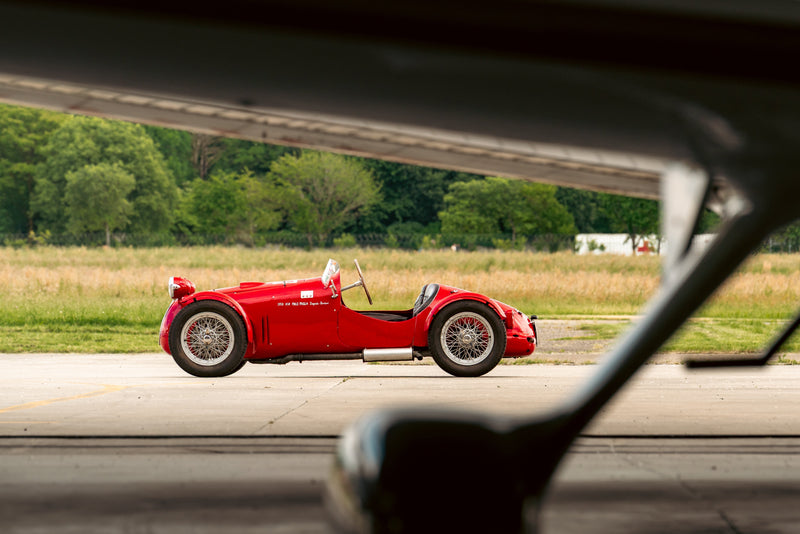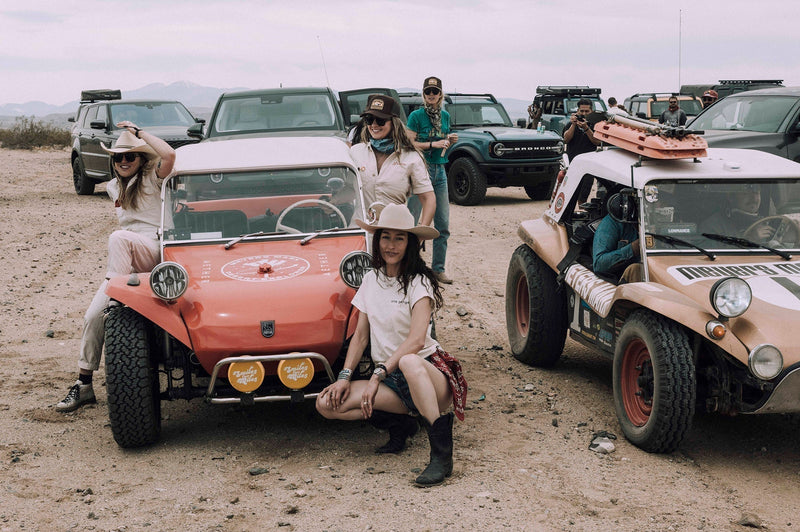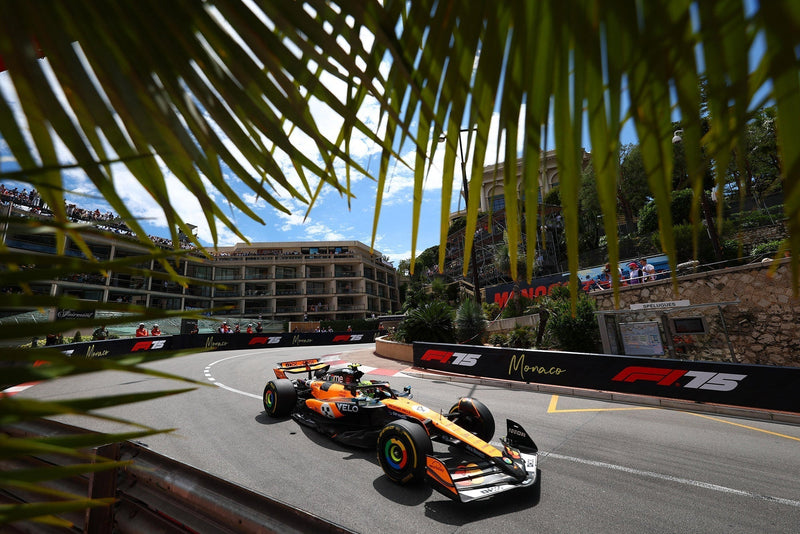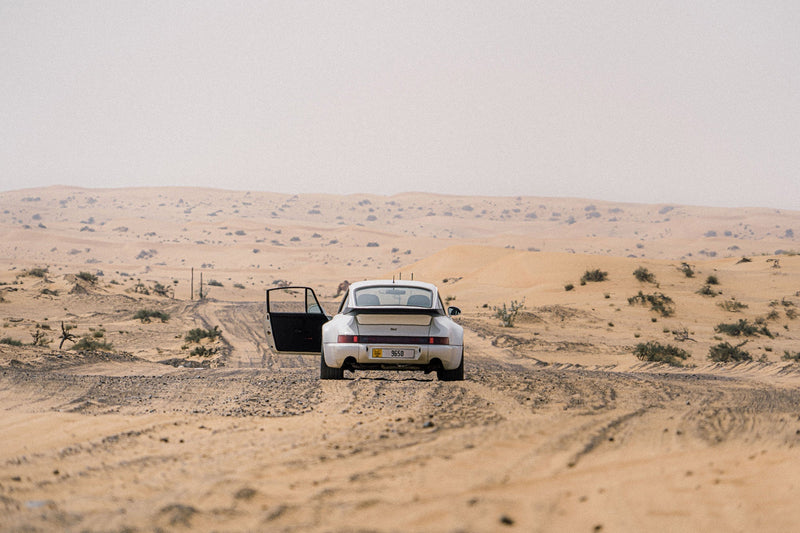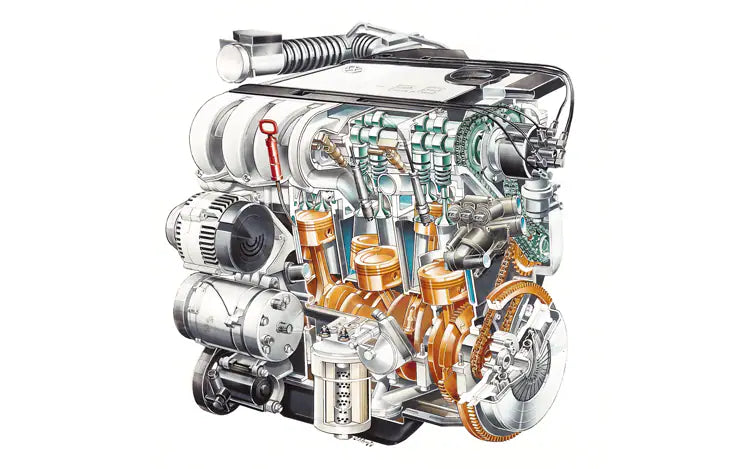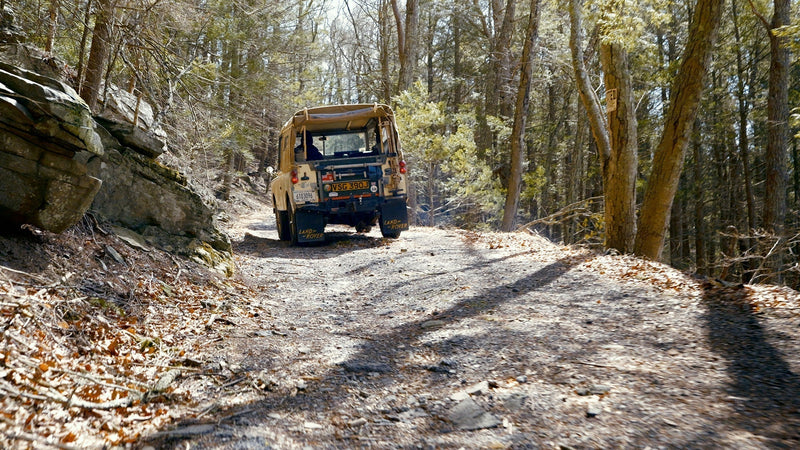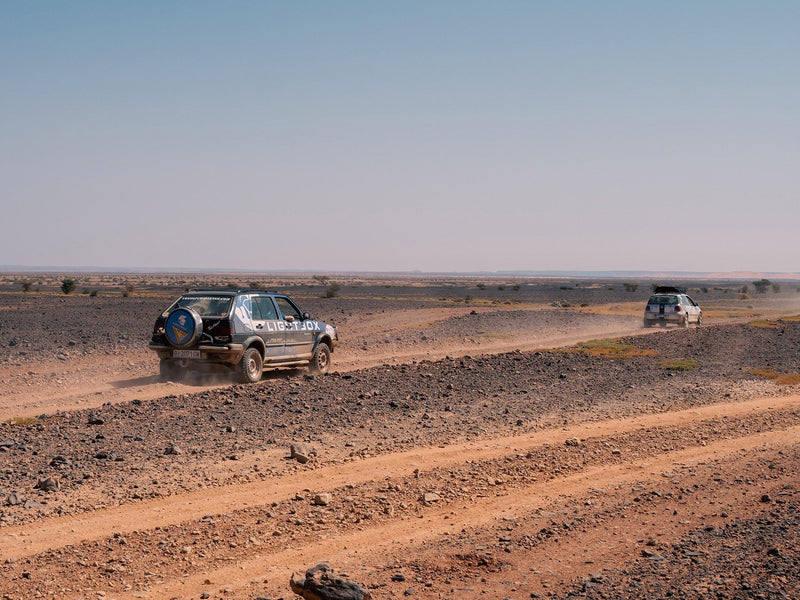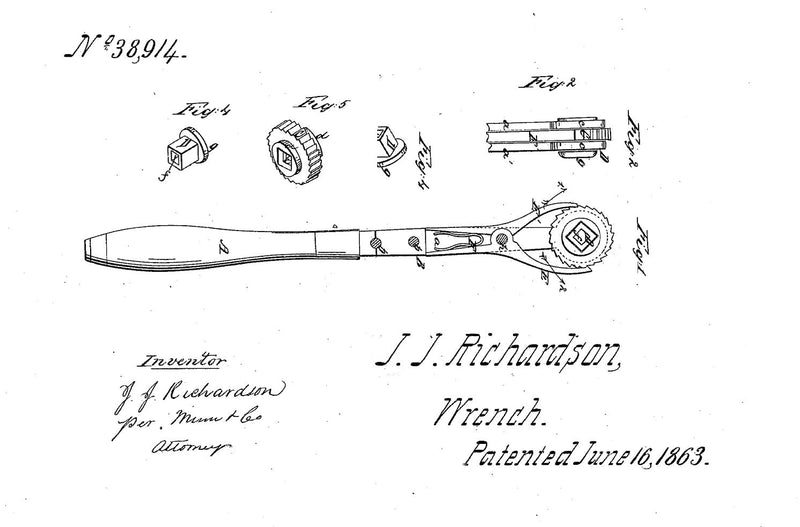On days like these, that I remember singing songs and drinking wine, while your eyes play games with mine…
Many of you will be familiar with the those lyrics are from, even if you don’t recognize the words immediately in print. The tune is sure to invoke memories of high passes in sun-drenched Italian mountains though, upon sweeping asphalt snaking between the alpine vistas and then there’s that car. its profile and curves instantly recognizable, carving through the high-altitude roads with the ease provided by a naturally-aspirated V12 reverberating around the scenery as Matt Monro’s record played in the background of The Italian Job.




Of course, “that car” is far more than a cameo in a 1969 film featuring another motoring upstart called the Mini. It is of course the Lamborghini Miura that we’re interested in today, and its eyes really do play games with mine, those beautifully fluted headlight bezels bat at me like eyelashes on a supermodel—as Gandini intended—and, just like many beautiful women, this car is something I can ill afford. For now though, I stand in its trance, staring, lusting, somewhat nervously edging closer to get a better look. The Miura in question is a 1968 “S” model that has in recent history been completely and lovingly restored. It’s perfect, from it’s nearly-neon green paint to its taut chassis and that 4.0L V12, breathing through a quartet of Weber carbs; I can’t quite believe my luck that I’ve been invited down to take it out for play in the equally beautiful Cotswold countryside.



Simply referring to the color of this model as green, verde, doesn’t do the paint job justice. The tone is loud, wild almost, changing hue in different lights in the fashion of newer pearlescent finishes, but with much more class than a mobster’s Aventador. It’s befitting of a machine that was arguably the worlds first supercar.
The performance stats of this ‘60s icon were, are, extremely impressive: 0-60 in some five-and-a-half seconds, and capable of nudging 170mph thanks to that revolutionary mid-engine design. Coupled with the work of a young Marcello Gandini in arguably his styling prime, the Miura, conceived by Dallara, Stanzani, and Wallace (and developed at night on their own time) made an instant impact—and its presence on roads and in minds has only grown. Certainly, the visitors to the Turin and Geneva motor shows, at which first the rolling chassis and then the P400 prototype were revealed, seemed to agree. The design was duly lauded, orders duly placed.




But what is it like to drive? After all that’s why I’m here at the Classic Motor Hub. History, performance stats, and specifications can all be read about and memorized ’til the cows come home, but today is about experiencing a dream car in reality. As you might expect, it’s low-slung sills require a degree of clambering to get into the snug cockpit of the Miura, and its somewhat of a trick to get it just right, especially when laden with cameras and lenses! Once inside though it’s surprisingly comfortable and spacious, not quite a Tardis, but certainly roomier than say, a Countach.

No one buys (or drives) a Miura for its leg room though. The real magic starts to happen when the ignition circuit is connected, the spark plugs detonating the cocktail of petrol and air being fed to the 12 cylinders sitting just behind your head. The rumble of the engine as it springs to life is wonderfully manic, and as the somewhat rudimentary four-point harness is clicked into place and the engine warmed further, I am ready to see what this thing can do—to me.


The first depression of the accelerator pedal in second gear as we pull out on the open road is one of those moments that makes you pause for a second, almost caught out by the way that a car of this age can still get out of the blocks. The pause doesn’t last long though—no time—as the clutch is released and throttle buried and we take off down the road at a tremendous, heaving pace. A car of this age really ought to know better, but it doesn’t, and just like your irresponsible uncle at your 21st birthday it eggs you on, urging you to go just that little bit faster, push the chassis a bit more.
On these bumpy country roads its quite an experience to say the least as the tires grip and then lose it, and whilst the chassis is taught and responsive it’s a little hard-going. The brakes aren’t the greatest anchors I’ve ever experienced either, and they make the task of slowing to negotiate the oncoming traffic of tourists in hire cars that flock to this particular corner of the ‘Wolds constantly entertaining, if a bit nerve-wracking.






After some time entertaining the locals in the village of Northleach to take care of the photoshoot formalities, the slow running and idling is starting to bother the car as plugs foul, as is the fashion with the Miura. The remedy—taking this bright green chariot back out for a brisk run across the hills—is a difficult pill to swallow, but needs must be met, so I took it upon myself to do this chore of driving a ‘60s supercar with gusto. Someone has to do it.



They say don’t meet your heroes, right? And in a lot of cases that holds true, today though is a clear exception to that “rule.” The Miura is magnificent, any faults it has in an objective sense only add to its less tangible allure. To think how the course of history may have changed if Ferruccio Lamborghini had not got behind the project that he saw more as a marketing ploy, leaves me almost cold. Thankfully though, he did back his three inspired engineers and this badass bull was born.
But all good things must come to an end, and the afternoon’s fun in the sun finishes back where we started. I’m in no rush to head for home though, instead I sit and stare at those eyes, that profile, this extraordinary motor car. Despite what people may think of the auto-journalist’s job description, days like these don’t happen so often, and I intend on lingering in this machine’s company for as long as possible.







